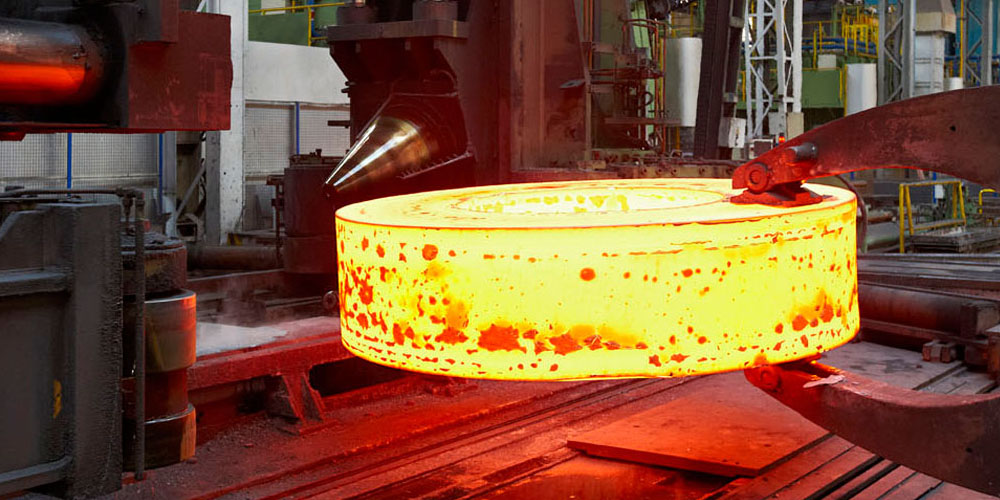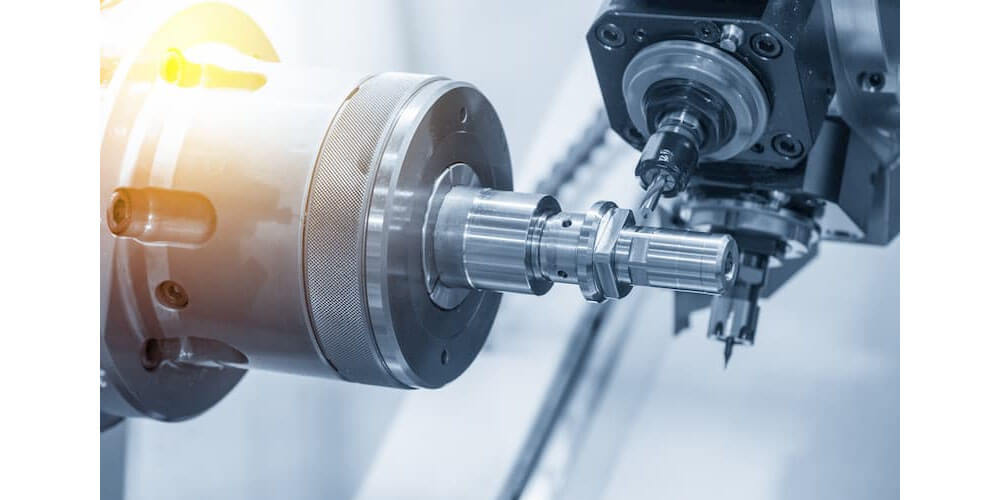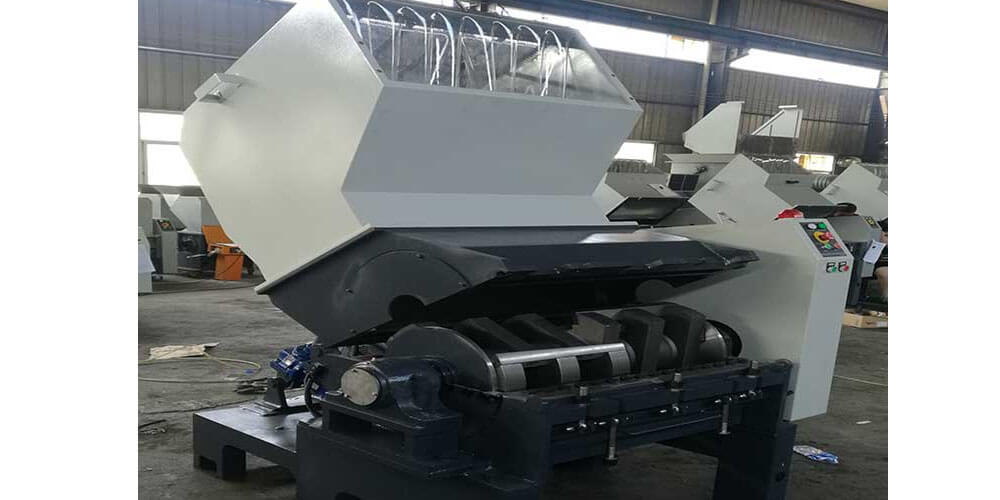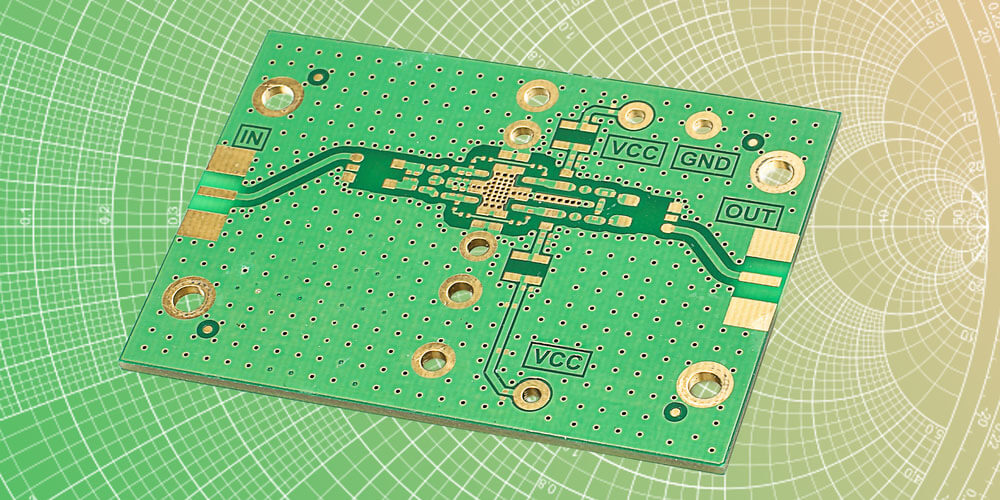The forging process applies compressive forces to metals to make them change their shape. However, their metallurgical properties are enhanced and retained, making them better than non-forged metals. Some of the forces used are hammering, pressing, and rolling. They are cost-effective, time-saving, and produce products that are highly ductile and have high resistance. Manufacturers use a variety of metals during the process, with different properties, sizes, and shapes. Companies such as Hot Forging China are known for their quality aluminum forge and other products, which it supplies widely to other countries at an affordable price. We look at ideal forging metals below.
Ideal Metals Used in Forging
Different forms of parts require different metals. The kind of metal to be used is influenced by its characteristics and the metal application or purpose. The metals include;
1. Aluminum metal
Aluminum is among the lightest metal in the world. It is ideal for making light components. Aluminum forgings are resistant to corrosion, are tough, and their strength to weight ratio is high. This means that despite being lightweight, they are strong and sturdy and can be used in various applications like aerospace to make aircraft.
2. Titanium metal
Titanium is occasionally forged; however, it’s the most difficult to take through the process. It is lighter than most metals and alloys. The machine operator must closely monitor the temperature to ensure the metal acquires its mechanical properties; otherwise, wrong temperature levels can ruin the end product. After going through the forging process, titanium possesses high strength levels and corrosion resistance.
3. Carbon steel
Carbon steel is one of the cheapest forged metals to produce. Manufacturers use it to make parts for applications that use low operating temperatures and require low strength levels. The material content of this metal is not always 100 percent pure. Sometimes it is mixed with alloys like titanium, cobalt, nickel, chromium, and tungsten. The carbon content usually determines the hardness of the object. If you want less hard or flexible items, lower the carbon content. You can increase the carbon to create a more hard and sturdy thing.
4. Stainless steel
It is an alloy of iron metal and has a small percentage of chromium, about 10.5 percent. Stainless steel is versatile and is used in several applications for different purposes. The resultant forges are durable and corrosion-resistant. They have high formability, recyclability and can withstand high temperatures.
5. Alloy steel
Alloy steel is incorporated in steel parts to introduce or enhance the desired properties. The use of alloys increases the overall metal strength and toughness and makes it resistant to wear and tear from surrounding elements. In addition, the forged steel becomes resistant to corrosion and maintains a high level of strength in high temperatures. Examples of alloys include manganese, nickel, chromium, and molybdenum. The choice of the alloy is influenced mainly by the object you want to produce.
Final Word
All forged metals are fit for use in varying applications. The main difference is the kind of material you choose for your final product and its use. Each of the metals above provides maximum benefits during the forging process for the formation of parts.




